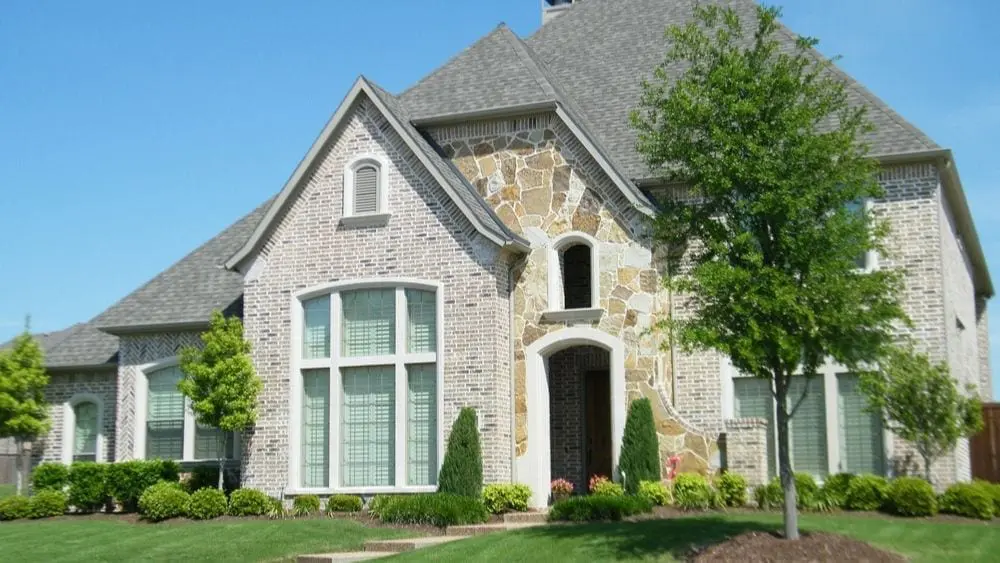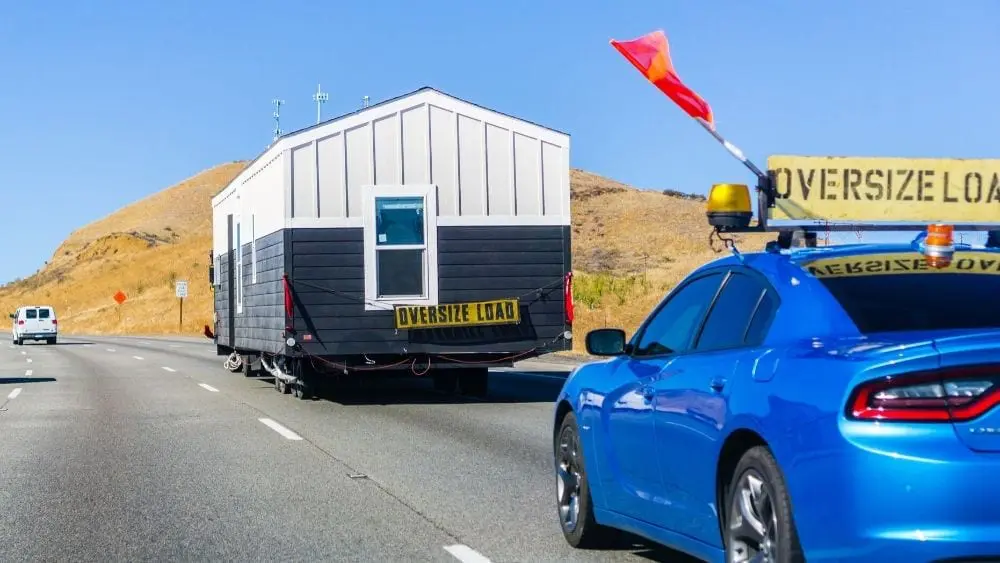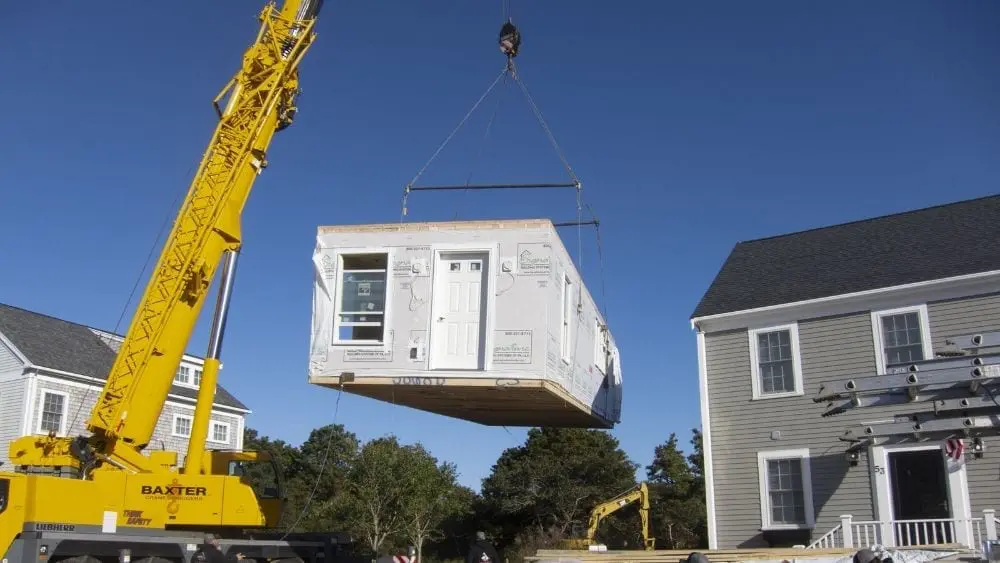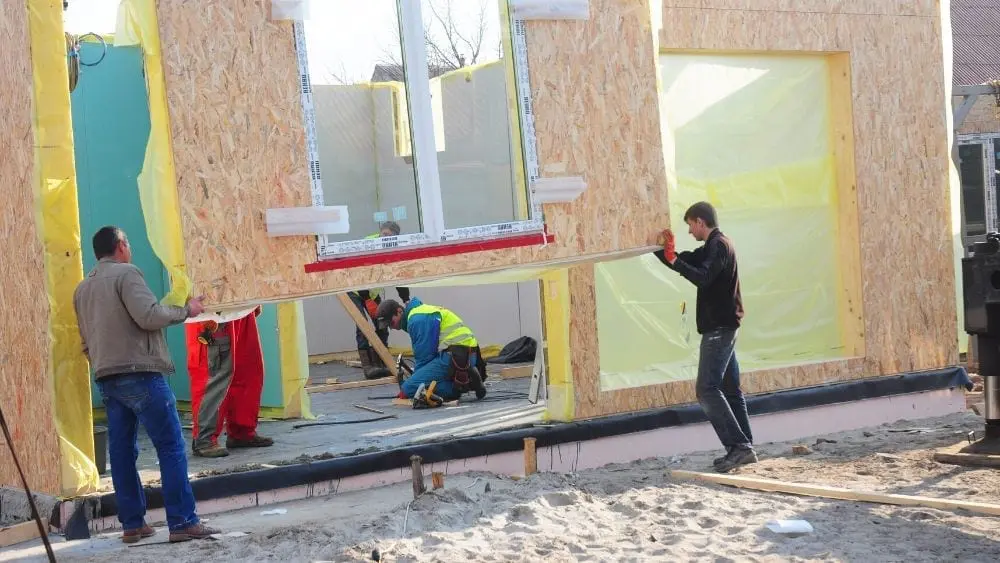
Think about the high-quality products you use that get built in factories: Your car, your smart phone, your computer — so why not your new home? For those looking for an intersection between home design and efficiency, prefab is for you.
What is a Prefab Home?
At the intersection of home design and efficiency, the term “prefab” – short for prefabricated – includes any home that has sections of the structure built in a factory off site, that later gets assembled on site. Building the entire structure onsite, called a site built or stick built home, is the more traditional way of constructing a new home.
Types of Prefab Homes
First, let’s talk about the different types of prefab homes; these terms might come up throughout your search, so it’s important to be familiar with them.
Manufactured Homes

Often incorrectly called mobile homes, manufactured homes typically come in standard single-, double-, or triple-wide sizes. These are the homes you see being transported down the highway by 18-wheelers, often in two halves. Floor plans are selected from predetermined options from the builder.
Of the different prefab homes, manufactured homes have a foundation that is the steel chassis they get transported on, often hidden by skirting once the home is placed on its designated site. Additionally, these homes are almost exclusively single story.
Modular Homes

While also factory built, modular homes are constructed from box-like modules, attached to a permanent foundation. These modules are comprehensive, including electrical wiring and insulation. The only construction that occurs onsite is the connection of modules to one another. Because there is no “standard” modular home, these are more customized to your individual preferences. That being said, design preferences must be made before the modules are transported to the site of your new home.
A common challenge of modular homes? The potential for damages in transport. But once constructed and attached to a foundation, modular homes are visually and functionally the same as site built.
Panelized Homes

The final option, panelized homes, is the prefab method preferred by larger builders, as it allows for significant customization from the buyer. With structural insulated panels, or SIP, the main building components – flooring, interior, and exterior walls, and the roof – are built in factory, and then transported and attached to one another and a permanent foundation onsite. This allows an expedited building process without compromising any custom features for which a buyer is looking. Of note: Interior and exterior design options can be decided and changed even after construction of the panels has begun.
Overall Benefits of Prefab
So if both prefab and site built gets me a new home, which should I go with? Well, that depends on your particular situation. Let’s look at prefab homes from two angles they’re often considered under: cost and timing.
Are Prefab Houses Cheaper?
With the prices of homes increasing, cost tends to be the primary reason prefab homes are a better option than site built homes. But is there any truth to this?
In a survey conducted by the U.S. Census Bureau on new site built and manufactured homes from 2014 – 2018, the average sales price of a new, site built home was $385,000, which lands price per square foot around $115. Manufactured homes, on the contrary, averaged a $78,500 sales price among single- and doublewides; the average cost per square foot was just under $55. By this math, there are considerable financial advantages to, specifically, manufactured homes.
That being said, it should be noted that the square footage of site built homes averaged more than 1,000 square feet above that of manufactured homes. While manufactured homes are a great price-friendly option for smaller families, especially since those low prices are negotiable, they aren’t necessarily a realistic option for all.
So what about modular or panelized homes, with their various sizes and ability to be customized? According to HomeAdvisor, a modular home slightly larger than the average manufactured home would cost $240,000, or approximately $133 per square foot. While that’s a significant step up from manufactured homes, the overall cost is still well below the average site built home. Another thing to note: This option is also smaller than a typical stick built home, although only by about 800 square feet.
Prefab homes can certainly cost less than a site built home, but it’s also on a situational basis; there are plenty of upgrades and offers from builders that might make a site built or model home the better option. Be sure to do the math and make the decision best for you.
How Energy Efficient are Prefab Homes?
Another argument in favor of prefab homes is the expedited timeline on which they can be built. On average, new site built homes in the U.S. tend to take around seven months from the start of construction to completion.
Prefab homes? Quicker, but not necessarily by much. HomeAdvisor says home buyers should expect a “quote around four to six months” from the beginning of the project to completion. While four months is obviously quicker than seven months, six months will likely only feel significant in particular situations.
The length of build time in either situation is also impacted by the preparedness of the homebuyer, so regardless of whether you go the prefab or site built route, make sure you’ve done your research ahead of time so when you meet with the builder, you’re ready to answer any questions they have.
Efficiency in the process is due to the streamlined production of prefab homes. Constructing the home in a factory means the materials are protected from any potential weather damage, as they are not exposed to the elements until transportation and installation of the home. Sections of the home are built quicker and more accurately, and the entire process is subject to multiple lengthy inspections to ensure homes are built and installed to the highest quality.
If you plan correctly and are a prepared home buyer, the lower costs and expedited process for prefab homes is a huge bonus when it comes to investing a house.
So … Prefab or Site Built?
The choice is yours. There are clear benefits to either option; prefab homes can be built quicker than their more traditional counterparts, but for those looking for highly unique and customizable homes, site built might be the better way to go. And, of course, the “right” decision will depend on the specifics of your situation.
Whichever option you decide, visit NewHomeSource for more informational articles and current listings nationwide.

Kian Zozobrado joined Builders Digital Experience (BDX) in 2019 as a content writer. A graduate of Southwestern University with a degree in English, Kian is passionate about the written word and making connections. Outside of work, Kian also serves as president of the Board of Directors for the Writers’ League of Texas.
 Kitchen Tile: More Than Just A Backsplash
Kitchen Tile: More Than Just A Backsplash